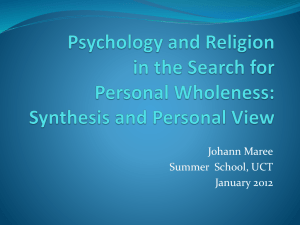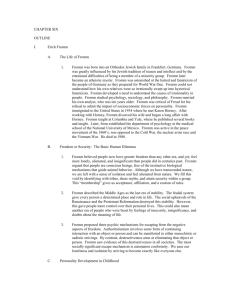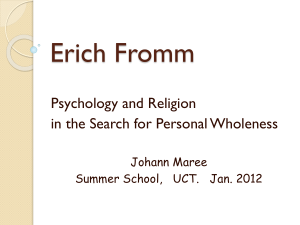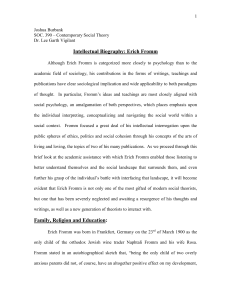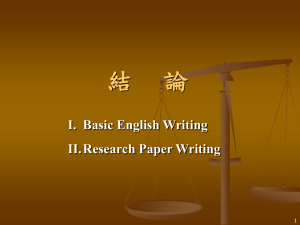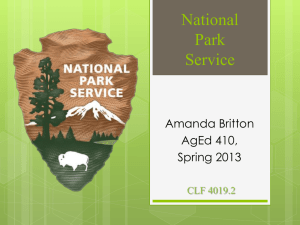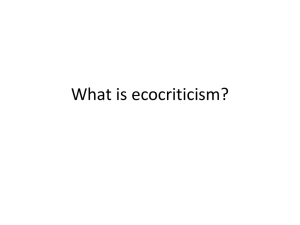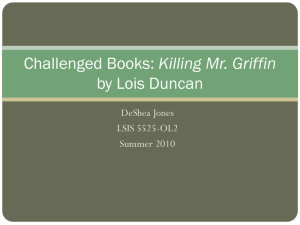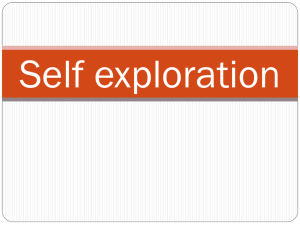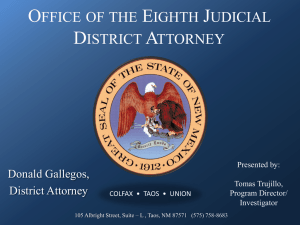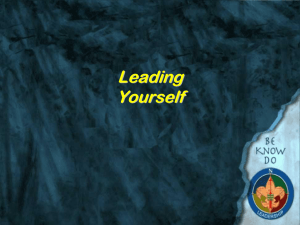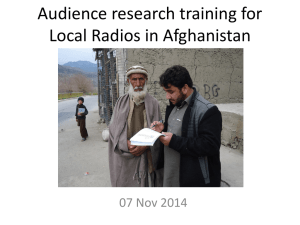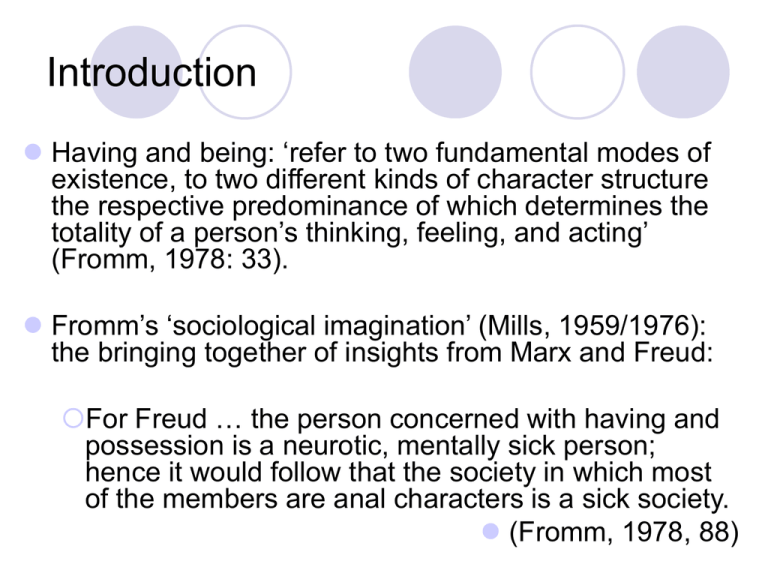
Introduction
Having and being: ‘refer to two fundamental modes of
existence, to two different kinds of character structure
the respective predominance of which determines the
totality of a person’s thinking, feeling, and acting’
(Fromm, 1978: 33).
Fromm’s ‘sociological imagination’ (Mills, 1959/1976):
the bringing together of insights from Marx and Freud:
For Freud … the person concerned with having and
possession is a neurotic, mentally sick person;
hence it would follow that the society in which most
of the members are anal characters is a sick society.
(Fromm, 1978, 88)
‘The sick society’, its symptoms and its
cause
‘The difference between being and having is …
between a society centred around persons and one
centred around things’ (Fromm, 1978: 28).
‘The nature of the having mode of existence follows
from the nature of private property’ (Fromm, 1978:
82).
Why is inclusion important?
Being included
The significance of our inclusion
turns on the significance of our
being.
From having to being
‘In the having mode of existence my relationship to
the world is one of possessing and owning, one in
which I want to make everybody and everything,
including myself, my property’ (Fromm, 1978: 33).
In the being mode of existence, we must identify
two forms of being. One is in contrast to having …
and means aliveness and authentic relatedness to
the world. The other form of being is in contrast to
appearing and refers to the true nature, the true
reality of a person or a thing in contrast to
deceptive appearances …
(Fromm, 1978: 33).
How might we include persons
within educational institutions?
Learning to be
From learning to have: passive consumption
Students in the having mode must have but one aim: to
hold onto what they have learned, either by entrusting it
firmly to their memories or by carefully guarding their
notes. They do not have to produce or create something
new.
(Fromm 1978: 37-8)
To learning to be: active engagement
The process of learning has an entirely different quality for
students in the being mode…Instead of being passive
receptacles of words and ideas, they listen, they hear,
and most important, they receive and respond in an active,
productive way … Their listening is an alive process.
(emphasis in the original, Fromm 1978: 38)
Here Fromm points to the responsibility of the
university student to include themselves in learning.
Although he accepts, ‘Of course, this mode of
learning can prevail only if the lecture offers
stimulating material’ (Fromm, 1978, 38).
From the passive to the active
educational setting
The ‘fundamental characteristic’ of being:
is that of being active, not in the sense of outward
activity, of busyness, but of inner activity, the
productive use of our human powers… It means to
renew oneself, to grow, to flow out, to love, to
transcend the prison of one’s isolated ego, to be
interested, to give.
(Fromm, 1978: 92)
‘passivity excludes being’ (Fromm, 1978: 93).
Fromm takes us beyond inclusion for shallow participation
in learning to inclusion for deep contribution.
From ‘Having knowledge’ to ‘knowing’
‘Having knowledge is taking and keeping possession
of available knowledge … (Fromm, 1978: 47)
Being and knowing
[M]ost people are half-awake, half-dreaming, and
are unaware that most of what they hold to be true
and self-evident is illusion produced by the
suggestive influence of the social world in which
they live. Knowing, then, beings with the shattering
of illusions …
(Fromm, 1978: 47)
‘Knowing does not mean to be in possession of
the truth; it means to penetrate the surface and to
strive critically and actively in order to approach
truth ever more closely’ (Fromm, 1978: 47-48).
‘Optimum knowledge in the being mode is to
know more deeply. In the having mode it is to
have more knowledge’ (emphasis in the original,
Fromm 1978: 48)
To learn to include ourselves and others is to
learn to live more deeply.
What does it mean to be excluded
within and from educational
institutions?
The reduction to property of education and
knowledge, persons, the self and the
body
1. The reduction of education and
knowledge to property:
Our education generally tries to train people to
have knowledge as a possession, by and large
commensurate with the amount of property or
social prestige they are likely to have in later life
… In addition they are each given a ‘luxury –
knowledge package’ to enhance their feeling of
worth … the schools are the factories in which
these overall knowledge packages are produced
…
(Fromm, 1978: 48)
2. The reduction of persons to property
‘The having mode excludes others …. It transforms
everybody and everything into something dead and
subject to another’s power’ (Fromm, 1978: 82).
Indeed, to exclude another is always to exclude the
self: exclusions are always plural and never
singular.
‘In the having mode, there is no alive relationship
between me and what I have… it makes things of
both object and subject’ (emphasis in the original,
Fromm, 1978: 83).
3. The reduction of the self and the body
to property
People who discuss their health do so with a
propriety feeling, refereeing to their sickness, their
operations, their treatments … their property
relationship to their bad health is analogous, say, to
that of a stockholder whose shares are losing part of
their original value in a badly falling market.
(Fromm, 1978: 79)
The individualising of disability is a consequence of this
privatisation of the body and its experiences.
What sort of educational settings
do we wish to include ourselves
and others into?
Including knowing,
persons, and the enriched self
1. Including knowing
‘to increase the sector of being means increased
insight into the reality of one’s self, of others of the
world’ (Fromm, 1978: 102).
2. Including persons
To include another is to include relation and mystery:
[T]he total me, my whole individuality, my suchness
that is as unique as my fingerprints are, can never
be fully understood… Only in the mutual alive
relatedness can the other and I overcome the
barrier of separateness, inasmuch as we both
participate in the dance of life. Yet our full
identification with each other can never be
achieved.
(Fromm, 1978: 91)
But we must attempt ‘to overcome the illusions, the
irrationally distorted picture’ (Fromm, 1957: 31).
Like Buber, to include one is to include all:
‘The true lover loves the whole world, in his or her
love for a specific person’ (Fromm, 1978: 105).
‘He feels responsibility for his fellow men as he feels
responsibility for himself’ (Fromm, 1957: 28).
3. Including the enriched self
‘Immature love says: “I love you because I need
you.” Mature love says: “I need you because I love
you” (emphasis in the original, Fromm, 1978: 41).
‘Respect means the concern that the other person
should grow and unfold as he is’ (Fromm, 1957: 28).
Having
Property
Passive
‘refers to things’
(Fromm, 1978: 91)
Being
‘loving, sharing, giving’
(Fromm, 1978: 86)
Active
Alienated
‘refers to experience’
and to persons
(Fromm, 1978: 91)
Non-alienated
Repressed truth and
illusions
Deepening critical,
insight
References
Mills, C. Wright (1959/1976) The Sociological
Imagination (New York: Oxford University Press)
Fromm, E. (1957) The art of loving (London:
Bradford & Dickens)
Fromm, E. (1978) To have and to be (London,
Abacus)

